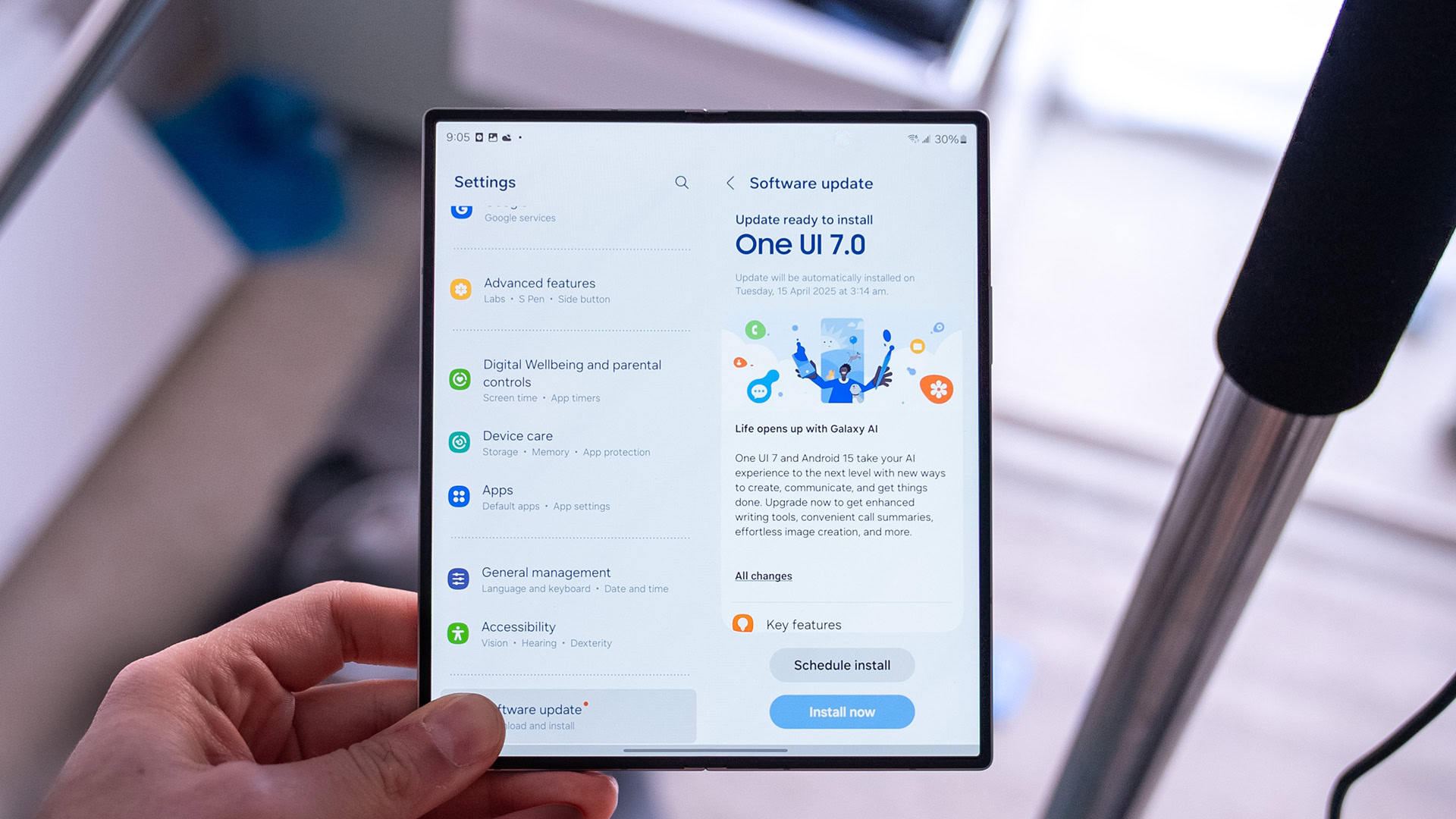Fat Transfer vs. Dermal Fillers: Which Is Best for You in Abu Dhabi?
1. Introduction
In the quest for youthful and rejuvenated skin, many people in Abu Dhabi are exploring various cosmetic procedures. Two popular options are fat transfer and dermal fillers. Each offers unique benefits and caters to different needs. Understanding these options can help you make an informed choice. In this article, we will delve into the details of both fat transfer and dermal fillers, comparing their benefits, risks, and costs to help you determine which is best for you.
2. Understanding Fat Transfer
2.1 What is Fat Transfer?
Fat transfer in Abu Dhabi, also known as autologous fat grafting, involves removing fat from one part of your body and injecting it into another area to enhance volume and contour. This procedure is commonly used to rejuvenate the face, fill in depressions, and even enhance body parts such as the breasts or buttocks.
2.2 How Does Fat Transfer Work?
The process begins with liposuction, where fat is harvested from areas like the abdomen or thighs. The extracted fat is then purified and injected into the target area. The body's natural processes help integrate the fat into the surrounding tissues, resulting in a more natural look and feel.
2.3 Benefits of Fat Transfer
One of the main advantages of fat transfer is that it uses your own body fat, reducing the risk of allergic reactions and offering a natural look. Additionally, it can address multiple areas in a single session and provide long-lasting results as the transferred fat becomes part of your body.
2.4 Potential Risks and Side Effects
While generally safe, fat transfer carries some risks, including infection, uneven results, and the possibility that some of the fat may be reabsorbed by the body. Bruising and swelling are common in the initial recovery period.
2.5 Ideal Candidates for Fat Transfer
Ideal candidates for fat transfer are those in good health who have enough body fat to harvest. It is particularly suitable for individuals seeking natural enhancement without the use of synthetic materials.
3. Exploring Dermal Fillers
3.1 What are Dermal Fillers?
Dermal fillers are injectable substances used to restore volume, smooth out wrinkles, and enhance facial contours. They come in various formulations, including hyaluronic acid, calcium hydroxylapatite, and poly-L-lactic acid.
3.2 Types of Dermal Fillers
- Hyaluronic Acid (HA) Fillers: Popular for their ability to hydrate and add volume.
- Calcium Hydroxylapatite (CaHA) Fillers: Known for providing a more structural support and stimulating collagen production.
- Poly-L-Lactic Acid (PLLA) Fillers: Used for deeper wrinkles and provides gradual, long-lasting results by stimulating collagen.
3.3 Benefits of Dermal Fillers
Dermal fillers offer immediate results with minimal downtime. They are versatile and can be used for various cosmetic improvements, including plumping lips, smoothing wrinkles, and adding volume to hollow areas.
3.4 Potential Risks and Side Effects
Common side effects of dermal fillers include swelling, bruising, and redness at the injection site. In rare cases, more serious complications like infections or allergic reactions can occur.
3.5 Ideal Candidates for Dermal Fillers
Dermal fillers are suitable for individuals looking for a non-surgical solution to address specific areas of concern, such as fine lines or volume loss. They are a good choice for those who want quick results with minimal recovery time.
4. Comparing Fat Transfer and Dermal Fillers
4.1 Longevity of Results
Fat transfer typically offers longer-lasting results compared to dermal fillers. The effects of fat transfer can last several years, whereas dermal fillers usually require touch-ups every 6 to 18 months, depending on the type used.
4.2 Procedure Duration and Recovery
Fat transfer is a more invasive procedure requiring a longer recovery period, including time for liposuction and the fat grafting process. Dermal fillers are minimally invasive, with most patients returning to normal activities almost immediately.
4.3 Cost Comparison
The cost of fat transfer tends to be higher due to the complexity of the procedure, including liposuction and fat processing. Dermal fillers are generally less expensive but may accumulate costs over time due to the need for regular maintenance.
4.4 Natural vs. Synthetic
Fat transfer uses natural body fat, offering a more organic approach with reduced risk of allergic reactions. Dermal fillers, while effective, use synthetic materials, which may not be suitable for everyone.
4.5 Customization and Versatility
Fat transfer allows for precise customization of volume and contour, as the fat can be strategically placed. Dermal fillers offer a range of options for different concerns and can be adjusted in real-time during the procedure.
5. Choosing the Right Option for You
5.1 Factors to Consider
When deciding between fat transfer and dermal fillers, consider factors such as your cosmetic goals, budget, desired longevity of results, and recovery time. Both options have their merits, so it’s crucial to evaluate what aligns best with your needs.
5.2 Consulting with a Specialist
Consulting with a qualified cosmetic specialist is essential in making an informed decision. They can provide personalized recommendations based on your individual circumstances and help you understand the potential outcomes.
5.3 Making an Informed Decision
Ultimately, the choice between fat transfer and dermal fillers should be based on a comprehensive understanding of each option. Weigh the benefits, risks, and costs to determine which procedure will best achieve your desired results.
6. Conclusion
Choosing between fat transfer and dermal fillers in Abu Dhabi involves evaluating various factors, including the longevity of results, procedure complexity, and individual preferences. Both methods offer distinct advantages, making it crucial to understand their differences to make an informed decision. By consulting with a specialist and considering your goals, you can select the option that best suits your needs and achieves the look you desire.
7. FAQs
7.1 What is the primary difference between fat transfer and dermal fillers? The primary difference is that fat transfer uses your own body fat to enhance volume and contour, while dermal fillers use synthetic substances to achieve similar results. Fat transfer offers longer-lasting effects, while dermal fillers provide immediate but shorter-term results.
7.2 How long do results from fat transfer typically last? Results from fat transfer can last several years, as the transferred fat integrates into the surrounding tissues. However, some fat may be reabsorbed by the body over time.
7.3 Are dermal fillers safe for all skin types? Dermal fillers are generally safe for most skin types, but it is essential to consult with a specialist to ensure compatibility and minimize the risk of adverse reactions.
7.4 How do the costs of fat transfer and dermal fillers compare? Fat transfer is typically more expensive due to the complexity of the procedure, including liposuction. Dermal fillers are less costly but may require ongoing treatments to maintain results.
7.5 What should I expect during the recovery period for both treatments? Fat transfer requires a longer recovery period, including time for both liposuction and fat grafting. Dermal fillers offer minimal downtime, with most patients resuming normal activities shortly after the procedure.
What's Your Reaction?
 Like
0
Like
0
 Dislike
0
Dislike
0
 Love
0
Love
0
 Funny
0
Funny
0
 Angry
0
Angry
0
 Sad
0
Sad
0
 Wow
0
Wow
0


















































